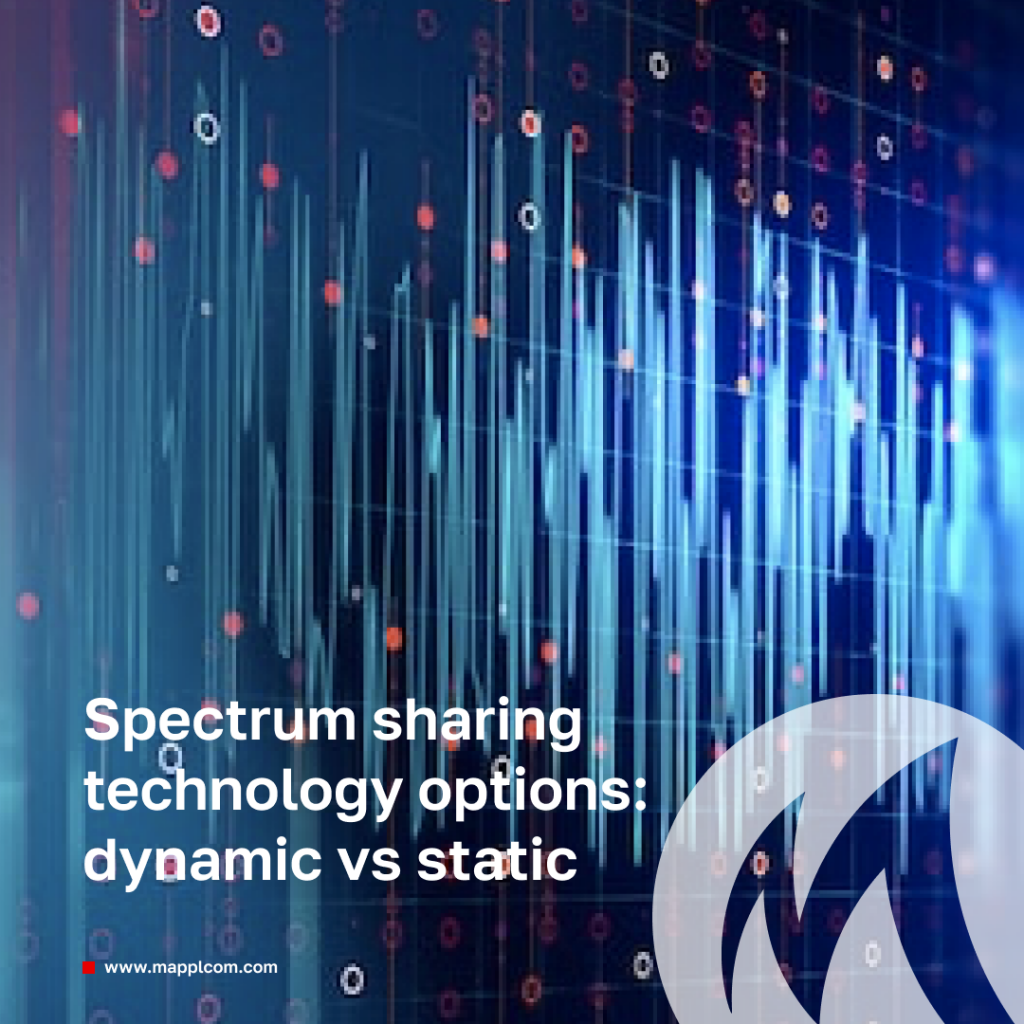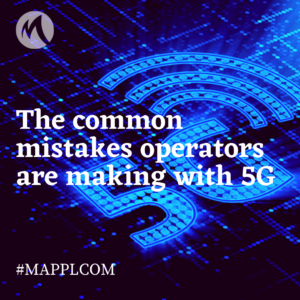Spectrum sharing technology options: dynamic vs static

Since telecom giants are extremely concerned with the issues related to a wider 5G networks deployment, dynamic spectrum sharing (or DSS shortly) technology is mainly seen as a tool with a potential to enable this process quickly within short terms. Another option, an expensive and time-consuming consequent spectrum reframing from the previous generation to the new one is the least advantageous option with regards to the necessity of performing the shift to 5G as rapidly as possible and with providing a chance to people of distant regions to use the benefits of the most appropriate solution for them. The benefit of DDS, thus, tends to lie in enabling operators simultaneously manage LTE and 5G NR at the same time and same location. Some players who already recognize the financial outcomes of co-using both as a temporary plateau in the transition path have announced start of the first trials of the solution with an obvious purpose to launce commercial sales not long after. Moreover, with a coverage layer arranged before a core transition DDS demonstrated effortless of transition to standalone 5G form non-standalone ones.
Except for a huge number of the technology’s advocates, there are also some opponents, who call it “late and lagging behind”. Their main argument is that deployment of DSS necessarily leads to “eating” away some of the net capacity of the shared radio. Going deeper into details, if some drastic shift to this is performed now without thorough in-depth examinations, they believe, that “some of the comparatively early roll-outs and workarounds and parts that we have encountered earlier are pretty corrosive and they tend to threaten the development and suck up capacity simply by rolling out the features”.
Proponents of DDS, however, keep finding new and new ways to support the concept even facing such a harsh accusation. With regards to penetration of devices compatible with NR and also by bringing to this discussion a comparison with static spectrum sharing (where we face a particular allocation of decided amount of bandwidth and radio equipment distinguished between LTE and to 5G) they argue that we have to also consider the amount of NR users and their growth in number. Due to extremely tiny amount in the beginning of the year, focusing on static sharing and providing a certain bandwidth allocation is aggravating the issue not simply by leaving some bandwidth from customers “keen” on using LTE, but moreover leading to a dramatic growth in consumption, terrifying overloads and increased interfering on the LTE-network side which destroys throughout capacity. And vice versa, according to their words, choosing dynamic spectrum sharing definitely increases throughout by three times in comparison with static spectrum sharing technology.
Going from the technical side of the question to clarification why dynamic way of sharing is able to solve the throughout problem and deal with heterogeneity of demand, we refer to specials who address the question explaining that the concept is based on a comprehensive analyses of massive volumes of information (on amount of data in the buffer, the demand at every moment of time, devices connected and the respective load levels and so on) which is used by a network to decide on amount of spectrum that should be allocated to 4G and 5G users in every so-called Transmission Time Internal. So, literally speaking, millisecond sharing is the key.

